$199.97 Original price was: $199.97.$98.99Current price is: $98.99.
SKU: D2LSC 4234734645 Category: JAPANESE MAPLE TREES
- Satisfaction Guaranteed
- Uncompromising quality, every time.
- Quality You Can Count On
- Fast, friendly, always here to help.

Lionheart Japanese Maple
Acer palmatum var. dissectum ‘Lionheart’
Other Common Names: Lion Heart Japanese Maple, Lionheart Laceleaf Japanese Maple
Plant Details
USDA Plant Hardiness Zones: 5a-9b Find Your Zone
Plant Type: Deciduous Shrub or Tree
Height at Maturity: 8-10′ in 10 years; 15-18′ at maturity
Width at Maturity: 8-10′ in 10 years; 18-20′ at maturity
Spacing: Best as specimen
Spacing: Best as specimen
Growth Habit / Form: Broad, Rounded
Growth Rate: Very Fast for a Japanese Maple; 12-18″ per year
Foliage Color in Spring: Bright Red to Burgundy-Red
Foliage Color in Summer: Bronze-Green with Red new growth
Foliage Color in Fall: Brilliant Orange-Red to Red; long lasting!
Light Needs: Full Sun or Mostly Sun, Morning Sun with Dappled or Afternoon Shade, All Day Filtered Sun, Morning Shade with Evening Sun, Shade or Mostly Shade
Water Needs: Average, moderately drought tolerant when established
Soil Type: Clay (Amend heavy clay to ensure good drainage). Loam, Sandy, Silt
Drainage: Moist But Well Drained; does not like wet feet
Soil pH: 5.0 – 7.0 is ideal
Maintenance: Low
Resistances: Deer – more info, Heat Tolerant, Insect Resistant, Sun Tolerant, Disease
Description
A very vigorous and large growing lace leaf cultivar discovered in Australia, at 8 to 10 feet tall and wide in as many years, and 15 to 18 feet tall and wide at maturity, the Lionheart Japanese Maple is a perfect choice for larger landscape spaces where small-growing cultivars would be unnoticeable. Lionheart is also one of the most sun and heat tolerant of the lace leaf varieties, even in hot climates to USDA Zone 9b. The tree is more upright when young with semi-weeping branches, but spreading to form an impressive large and beautifully formed mounded canopy with age. The lacy, dissected leaves emerge a bright red in early spring turning to burgundy-red late spring to early summer and then bronze-green by summer with bright red new growth throughout the warm season. With the arrival of cooler temperatures in fall, the leaves become a long-lasting brilliant red to orange red.
Landscape & Garden Uses
To showcase its magnificence and beauty, a Japanese Maple is best used in landscape design as a focal point specimen to draw attention to a specific area of the home or landscape. That said, you can plant them in groupings of three or plant one on both sides of an entryway.
Suggested Spacing: We suggest using as a specimen or two to frame a large entryway
Container culture can extend the useful range of Japanese Maples. They are extremely easy to grow in containers, a practice taken to its most extreme form in the art of bonsai. Click on the link below under Helpful Articles for Japanese Maple container planting instructions.
Note: One Japanese Maple can make a landscape…that is, if you don’t overcrowd it with other trees and plants. Therefore, when choosing companions to plant under or around your Japanese Maple, make sure to select low-growing shrubs or groundcover plants that won’t interfere at all with your tree.
Note: For our customers who live and garden north of USDA Plant Hardiness Zone 5a, where this Japanese Maple variety is not reliably winter hardy, you’ll be happy to know it can be grown in containers that can be brought indoors during winter and placed back outside when temperatures warm up in spring.
Growing Preferences
Though delicate looking, Japanese Maples are actually very tough and long-lived trees that are very easy to grow. Container culture can extend their useful range. They are extremely easy to grow in containers, a practice taken to its most extreme form in the art of bonsai.
In their natural habitat, Japanese Maples are understory trees, growing in dappled forest sunlight at the edges of woodlands. Ideally they prefer to be grown in similar conditions. That said, there are many sun-tolerant Japanese Maple varieties, of which Lionheart is one of if not the most sun and heat tolerant of the lace leaf varieties.
Most any average garden soil will grow Japanese Maples. They prefer a moist but well-drained soil rich in organic matter. As with so many other ornamental plants and trees, constantly soggy or wet soil can be problematic. So make sure to plant your Japanese Maple in a well-drained site.
Helpful Articles
Click on a link below to get helpful advice from our experts on how to plant and care for Japanese Maple trees.
How To Plant A Japanese Maple Tree In The Ground
How to Plant A Japanese Maple Tree In A Pot
How To Fertilize And Water A Japanese Maple Tree
How To Prune A Japanese Maple
Plant Long & Prosper!
Meet The Wilson Brothers & Staff
Questions? Contact Us!
Be the first to review “Lionheart Japanese Maple – 5 Gallon Pot” Cancel reply
Related products
Sale!
JAPANESE MAPLE TREES
Sale!
JAPANESE MAPLE TREES
Sale!
JAPANESE MAPLE TREES
Sale!
JAPANESE MAPLE TREES
Sale!
JAPANESE MAPLE TREES
Sale!
JAPANESE MAPLE TREES
Sale!
JAPANESE MAPLE TREES
Sale!
JAPANESE MAPLE TREES


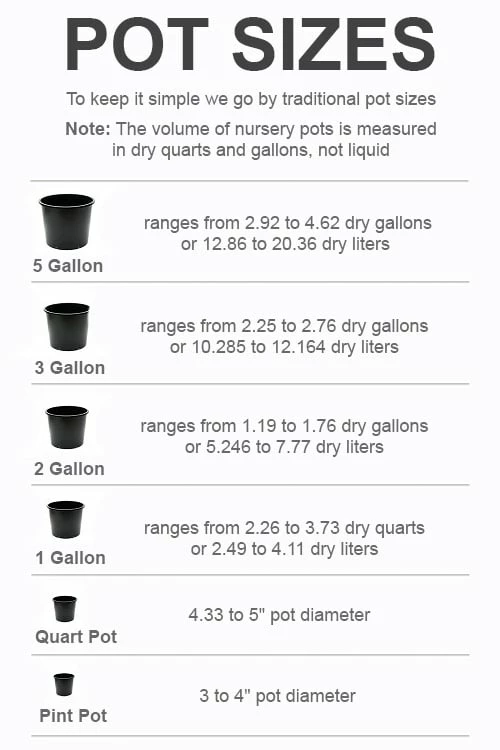

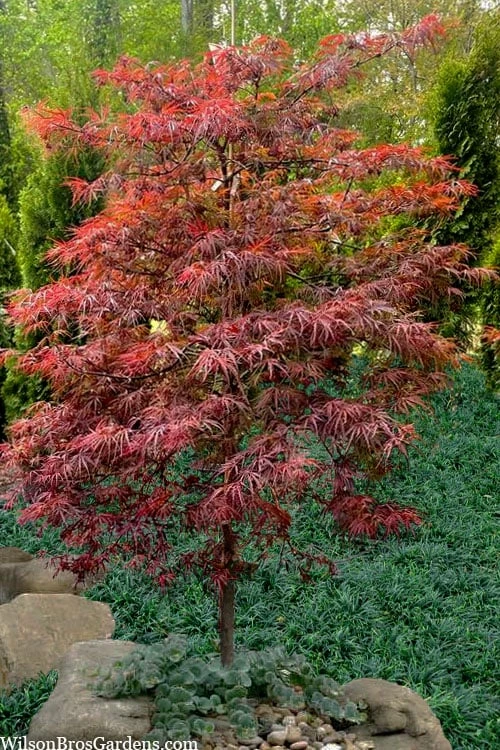
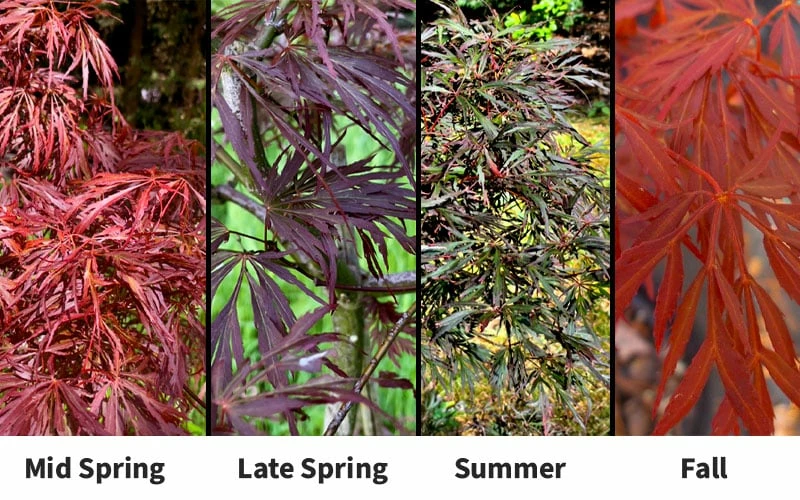
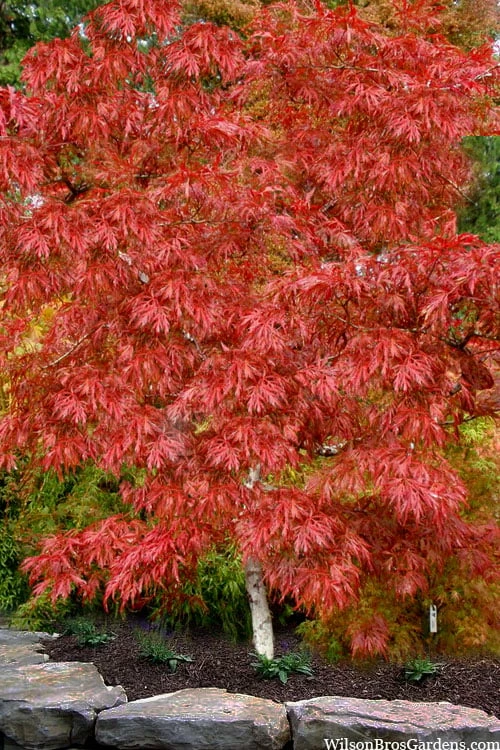
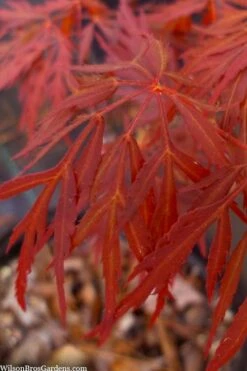
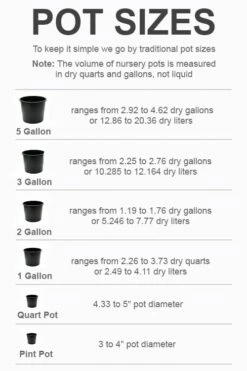


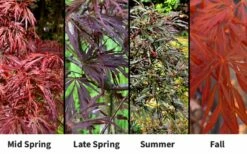
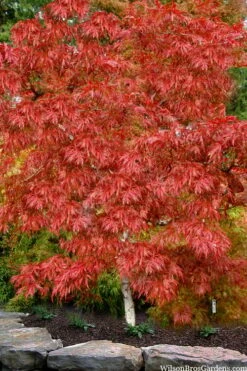

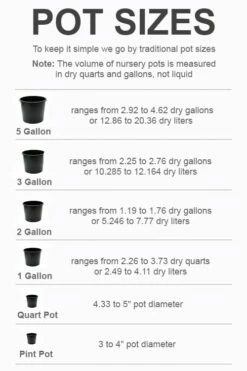

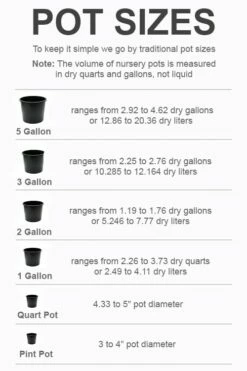

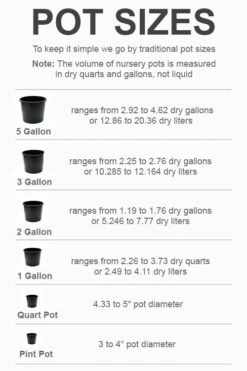

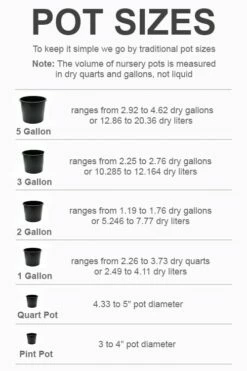

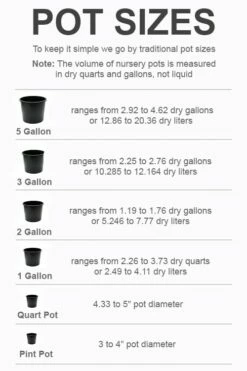

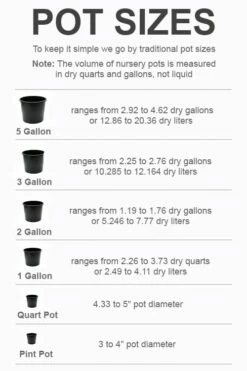
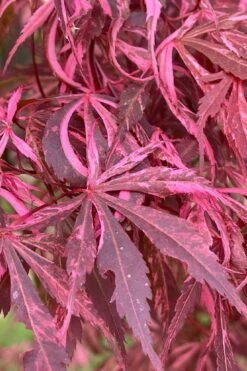
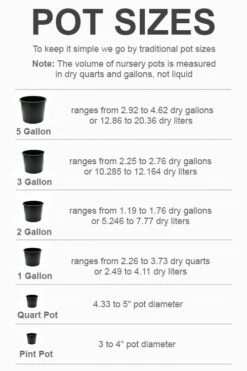


Reviews
There are no reviews yet.